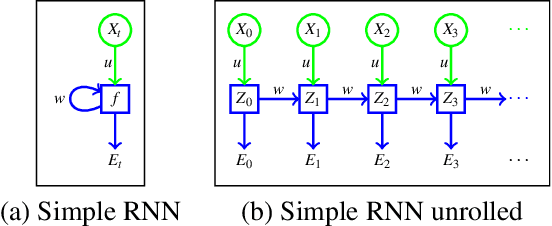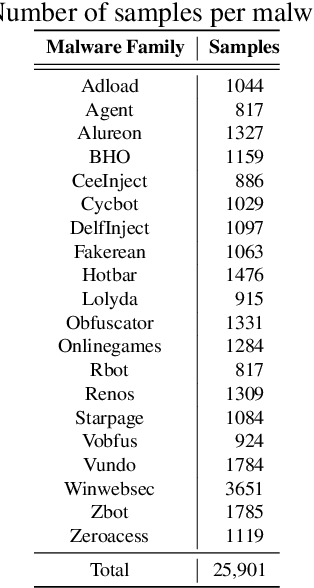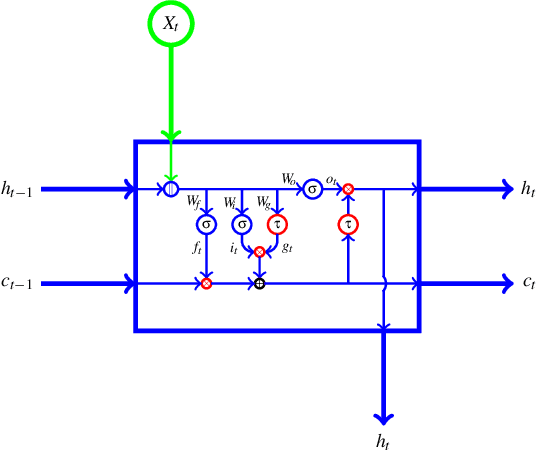Malware Classification Using Long Short-Term Memory Models
Paper and Code
Mar 03, 2021



Signature and anomaly based techniques are the quintessential approaches to malware detection. However, these techniques have become increasingly ineffective as malware has become more sophisticated and complex. Researchers have therefore turned to deep learning to construct better performing model. In this paper, we create four different long-short term memory (LSTM) based models and train each to classify malware samples from 20 families. Our features consist of opcodes extracted from malware executables. We employ techniques used in natural language processing (NLP), including word embedding and bidirection LSTMs (biLSTM), and we also use convolutional neural networks (CNN). We find that a model consisting of word embedding, biLSTMs, and CNN layers performs best in our malware classification experiments.
 Add to Chrome
Add to Chrome Add to Firefox
Add to Firefox Add to Edge
Add to Edge